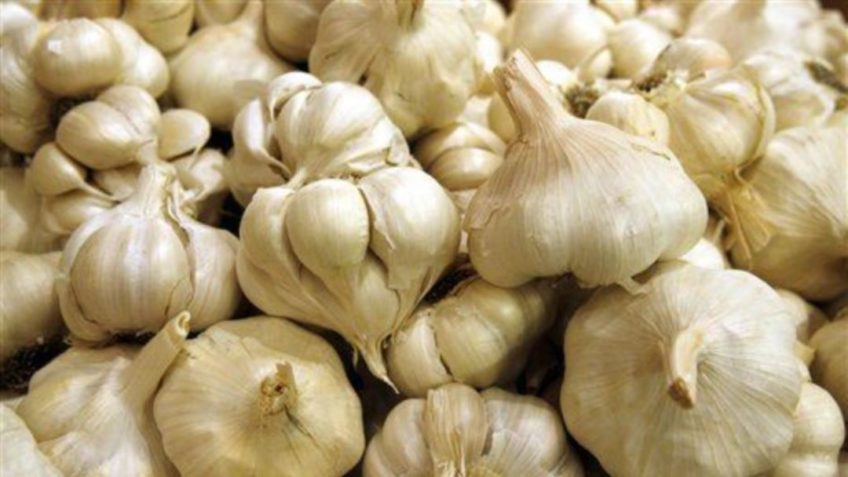No kitchen is complete without garlic. It is a common ingredient in most recipes, due to the flavor it adds to vegetable and meat dishes. The French sauce called aioli would be incomplete without garlic, as well as the Meditteranean hummus and the Greek Tzatziki sauce. Garlic is also a key ingredient in Chinese stir-fries and adds the robust flavor to Filipino adobo.
It has been in use for centuries. Garlic was found in King Tut’s tomb. Maybe he liked garlic, or more likely, the Egyptians believed that this humble herb had powerful restorative and protective qualities. Ancient Herbalists used garlic to treat common diseases (today, it is believed to be good for the heart). It was also thought to repel everything form mosquitoes to vampires.
Garlic goes by the scientific name Alliumsativum, and it is closely related to leeks, onions and chives. For cooking purposes, people will usually use the garlic bulb, which can be broken into cloves. There are as many as four to 60 cloves in one garlic. Garlic bulbs are usually white, and covered with a thin and slightly purple-tinged shell that can be easily peeled off. Most people in the United States use the softneck variety (trivia: 90% of the garlic in the country come from Gilroy, which calls it the Garlic Capital of the World). The hardneck variety—which grows leaves which are also edible and used as a garnish—is more common in Asia. Another variety, called elephant garlic, is larger but very mild in flavor.

